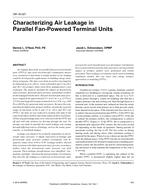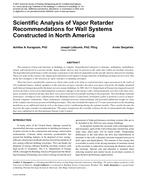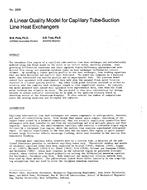Enhancing the efficiency of renewable energy technologies has been the focus of numerous research projects in the last decades. One such area of interest has been improving the efficiency of photovoltaic (PV) panels. While PV panels use the most abundant and sustainable energy sources in the planet, they have quite a low efficiency in terms of energy conversion. Partly this low efficiency is due to the increase in surface temperature that occurs during the operation of PV panels. A small number of proven techniques have been developed to decrease the surface temperature. These techniques fall into two groups denoted by active cooling techniques and passive cooling techniques, respectively. Active cooling methods include forced ventilation or hydraulic cooling that requires maintenance and additional costs. On the other hand, the passive cooling methods include natural ventilation, and phase change (PCM) materials. This latter technique has shown promises in harnessing the nocturnal cooling effect with its inherent latent energy storage capacity. The aim of this project is to develop a rigorous numerical approach for the application of PCM to the passive cooling of PV panels. To this end, numerical models that simulate PV/PCM system are developed using the “ANSYS Fluent” software package. The validation of these models is done by comparison with experimental data obtained from the literature; consequently, optimum configurations that allow for largest decrease in PV surface temperature are evaluated.
Citation: 2nd Intl Conf: Efficient Bldg Design
Product Details
- Published:
- 2016
- Number of Pages:
- 8
- Units of Measure:
- Dual
- File Size:
- 1 file , 1.3 MB
- Product Code(s):
- D-ICEB16-14


